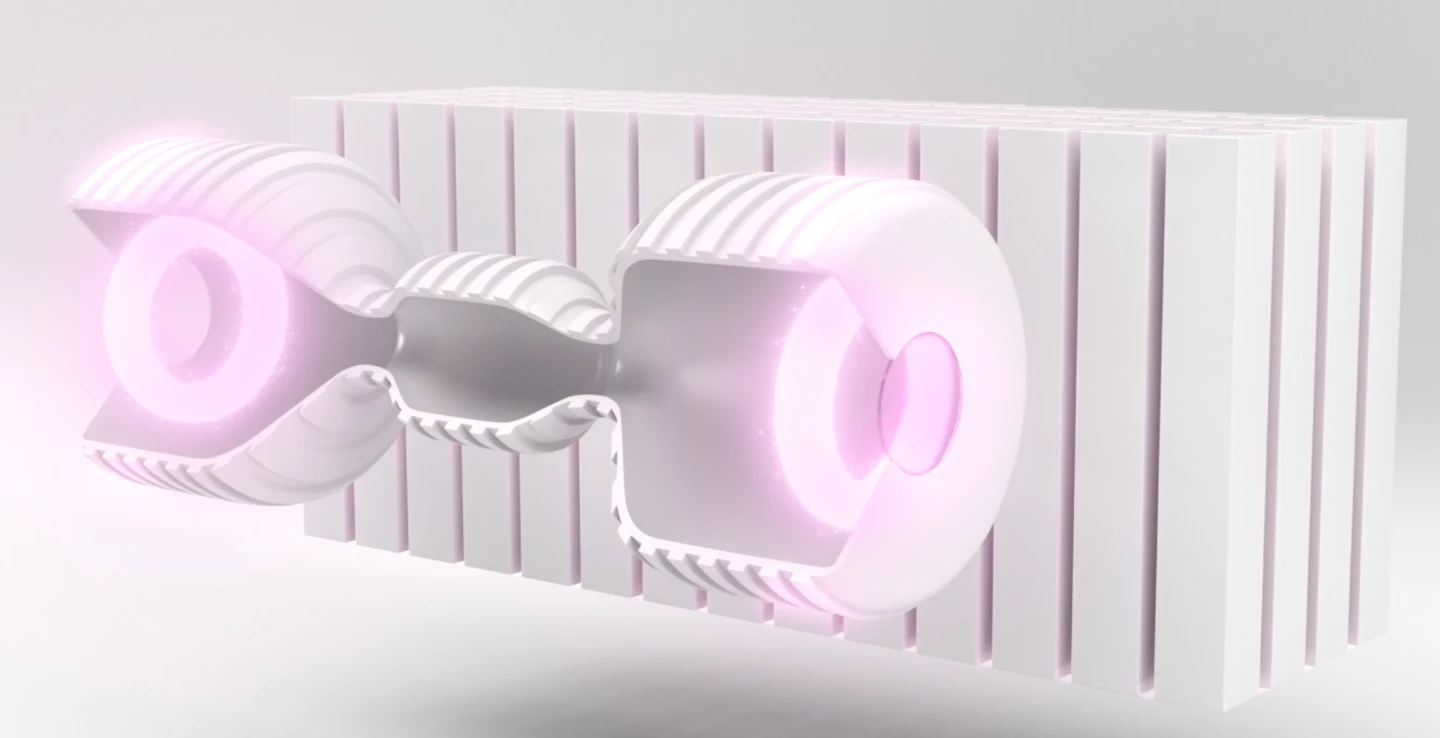Research groups and startups the world over are working to take nuclear fusion from a fanciful concept to a practical, zero-carbon means of producing practically infinite electricity, and one such team in Washington has just taken a significant step forward. Startup Helion Energy has this week broken ground on a new facility that will become a crucial testbed for its own take on nuclear fusion, and it hopes a key stepping stone towards the first commercially-viable fusion power plant.
Both the complexity and untold potential of nuclear fusion make it a problem that researchers are tackling from all sorts of angles, all trying to harness a process that takes place inside the Sun. This means using intense heat and pressure to cause collisions between separate atoms that combine into larger ones, releasing tremendous amounts of energy in the process, along with zero emissions.
Donut-shaped reactors called tokamaks are considered the most viable vehicles to reproduce this process here on Earth, but there other avenues being explored, such as the twisting and turning stellarator design. Helion Energy is pursuing the technology through its own patented plasma accelerator, which uses deuterium and helium-3 fuels as the starting point.

Inside Helion Energy's device, these fuels are heated to extreme temperatures to form plasma, which is then magnetically confined into what the company calls a field reversed configuration (FRC). Two FRCs are formed at opposite ends of the accelerator, and are then smashed together at a speed of one million mph (1.6 million km/h) using magnets to create a spectacular collision in the center.
Here they are further compressed with powerful magnets and heated until they reach temperatures of 100 million °C (180 million °F), finally causing the deuterium and helium-3 to fuse together, forming an expanding plasma that pushes back on the magnetic field to induce a current that can be collected as electricity.
Helion Energy has achieved some significant milestones since being founded in 2013. This includes demonstrating an ability to recover energy from its system at 95 percent efficiency, developing a self-sufficient production cycle for its helium-3 fuel and, more recently, achieving the necessary plasma temperatures of 100 million °C in its sixth prototype, called Trenta.

Like everybody working on the nuclear fusion problem, Helion Energy is aspiring to achieve an energy break-even point for fusion, in which its system produces more energy than it requires to operate. This will be a key objective when it eventually begins operations at its new facility in Everett, Washington, which it says will provide as many as 150 local jobs.
“At this facility, Helion will close in on its goal of breaking the fusion barrier and pushing the world towards the end of the fossil fuel era,” said Dr. David Kirtley, Founder and CEO of Helion Energy.
Source: Helion Energy






